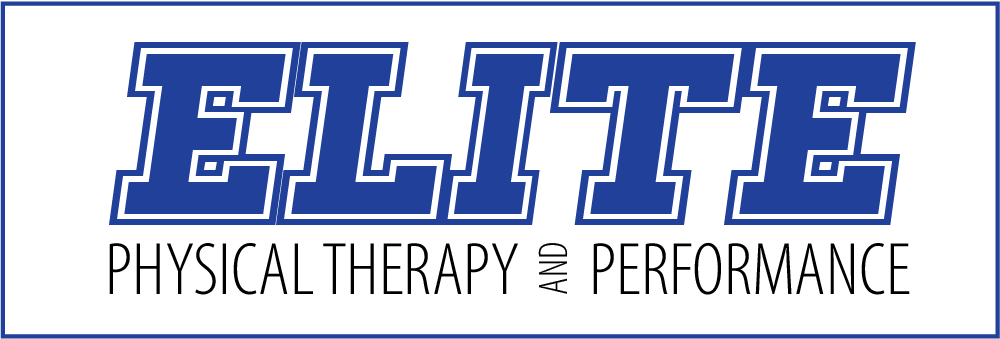How To: Properly Fitting Sports Equipment
We’ve all been there – maybe it was a helmet that slid around like it was on ice, shoes that fit like a pair of clown shoes, or a chest guard that felt more like a straitjacket. Wearing the wrong size equipment isn't just uncomfortable, it's dangerous. If your gear doesn’t fit properly, it can do more harm than good. So, let’s dive into how to properly fit your sports equipment—no straitjackets, I promise.
Helmets: Not Just a Fancy Hat
A good helmet should protect your noggin, not wobble around like a bobblehead. Whether you’re cycling, playing football, or getting ready to hit the slopes, a snug fit is key.
How to fit it:
The helmet should sit level on your head, not tilted back.
Make sure it’s snug, but not too tight. You don’t want to feel like your head’s in a vice grip.
Straps should form a “V” shape under your ears and fasten snugly under your chin.
Tip: If you can slide more than two fingers under the chin strap, tighten it up. If you feel like you’re suffocating, loosen it just a bit.
Shoes: No Clown Feet Allowed
Wearing the wrong size shoes in sports can lead to blisters, black toenails, or worse—a dramatic fall that could be a viral video waiting to happen. Let’s avoid that.
How to fit them:
Make sure there’s about a thumb’s width of space between your longest toe and the end of the shoe. You want room to wiggle, but not enough to start hosting toe parties.
The shoe should be snug around the heel, preventing any slipping or rubbing.
Lace them up properly. Tight, but not cutting off circulation. We want comfort, not compression socks.
Pads & Guards: Protect, Don’t Constrict
Knee pads, elbow pads, chest guards—they’re all there to protect you, not smash you. If your pads are too tight, they could restrict your movement. If they’re too loose, you may as well leave them at home.
How to fit them:
Pads should sit comfortably on the joint or body part they’re meant to protect. They shouldn’t slide around or dig into your skin.
Check the straps. They should be snug enough to keep the pad in place, but you should still be able to move freely. Think of it like Goldilocks—tight, but just right.
Fun Fact: If your shin guards are doubling as ankle guards because they keep sliding down, it’s time to adjust the fit or invest in a new pair.
Gloves: More Than Just Hand Warmers
From baseball to hockey, gloves are essential for grip and protection. But if they don’t fit right, they could actually cause you to lose grip—and that’s never a good thing.
How to fit them:
Gloves should fit snugly around your fingers and palm. If there’s too much extra space, it could interfere with your dexterity.
The cuff should fit securely around your wrist to provide extra support.
Wrapping It Up
If you need help figuring out how best to protect your body or fit your equipment, give us a call! We’re your Champion Sports Certified Physical Therapists in Coeur d’Alene, serving all of North Idaho! Call us at (208)666-6665 or fill out our contact form here: Contact — Elite Physical Therapy & Performance Coeur d'Alene (goelitept.com)
Properly fitting sports equipment isn’t just about comfort—it’s about safety, performance, and avoiding those awkward moments when your gear lets you down mid-game. So next time you’re gearing up, take a little extra time to make sure everything fits just right.
The only thing that should be falling apart during your game is the competition!

